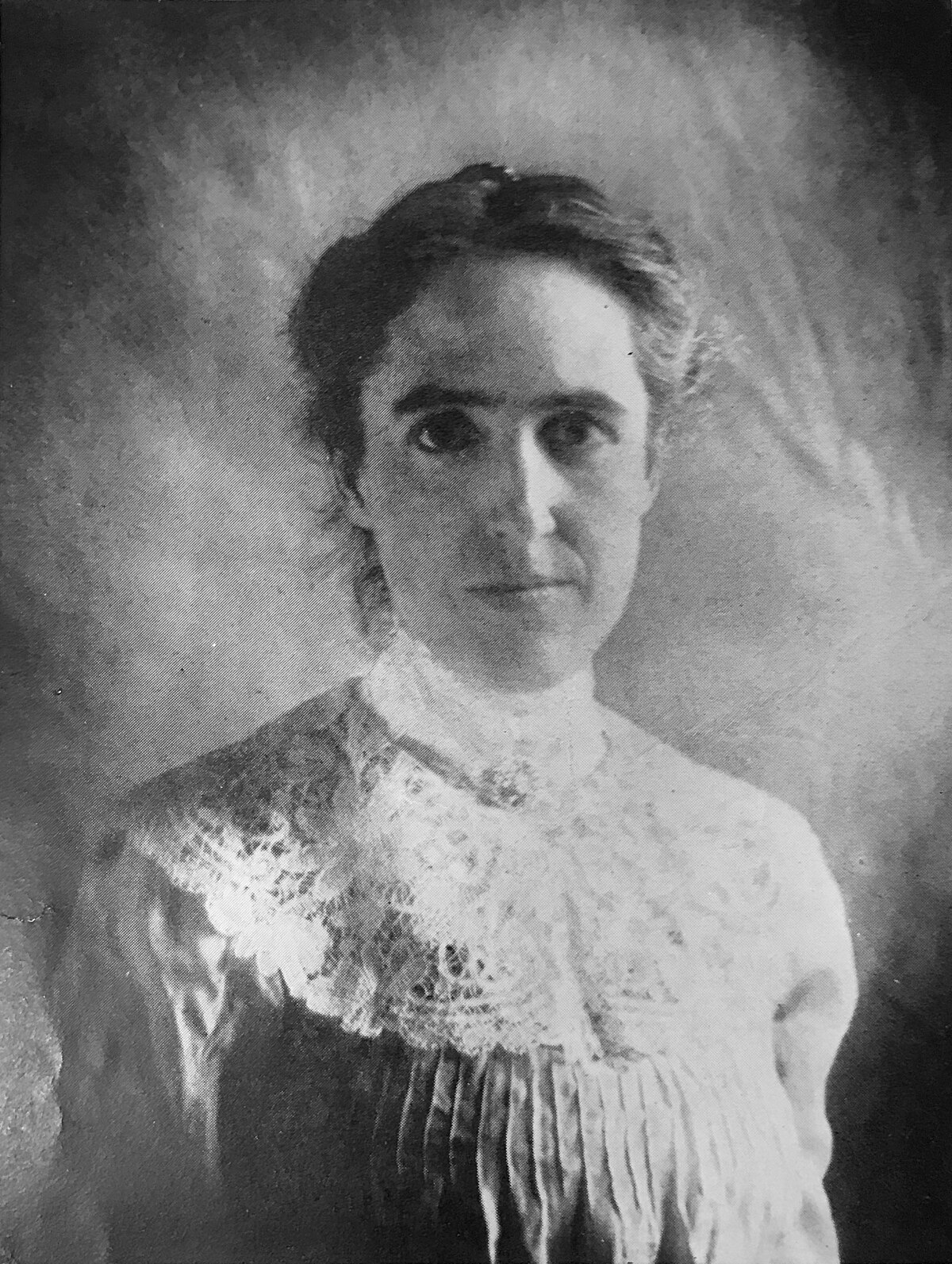

Henrietta Swan Leavitt was born on July 4, 1868 in Lancaster, Massachusetts. She attended Oberlin College for two years before transferring to Harvard University, where she earned her degree in 1892. In 1903, Leavitt returned to the Harvard College Observatory to study Cepheid variables, a type of star that changes its brightness in a regular pattern over time. Leavitt's work culminated in her 1912 paper, in which she described a "simple relation between the brightness of the Cepheid variables and their periods." She discovered that the logarithm of a star's brightness was proportional to the logarithm of its period. This relationship, later known as Leavitt's law, paved the way for modern astronomy by providing scientists with a reliable way to measure distances on an intergalactic scale.
Henrietta Leavitt's discovery also prompted revisions of previous models of the universe. Edwin Hubble famously used Leavitt's work to prove the existence of other galaxies and to establish that the universe was expanding. Unfortunately, Leavitt passed away in 1921 from stomach cancer. Prominent mathematician Gösta Mittag-Leffler attempted to nominate her for the Nobel Prize in 1925, only to find that she was ineligible due to her death.
Henrietta Leavitt's contributions extend beyond her scientific discoveries. As part of a team of women "computers" at Harvard, Leavitt exemplified the critical work women performed in an era when their contributions were often overlooked. Her legacy lives on, not only in the specific discoveries she made but also in the recognition of her role in the broader narrative of scientific history.